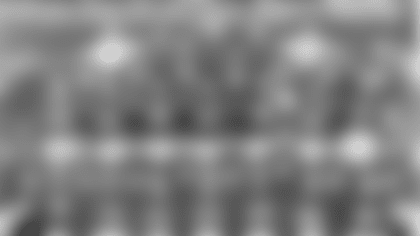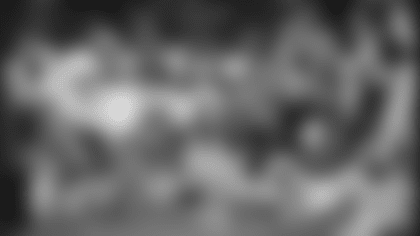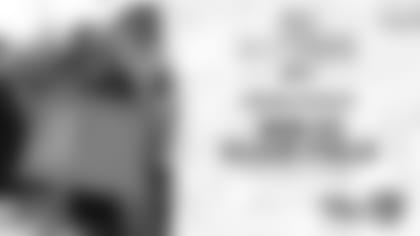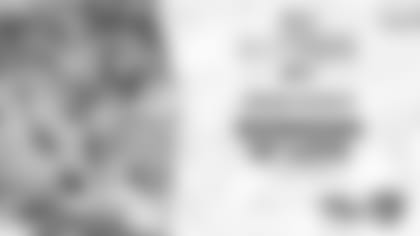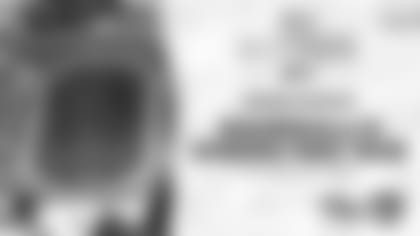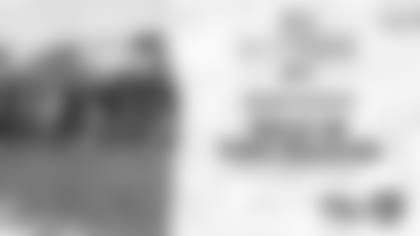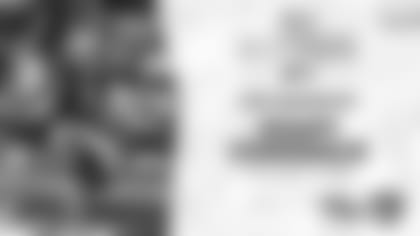University of California, Santa Barbara 1968-1975
Santa Barbara, CA
The 49ers opened their first training camp at Santa Barbara with a new head coach, Dick Nolan, and a fresh staff of assistants, Ed Hughes, Ken Meyer, Jim Shofner and Paul Wiggin. Nolan believed the UC Santa Barbara campus would allow his team to remove themselves from family distractions and concentrate on football. He prepared to meet the players for the first time on July 8, 1968, but a sudden glitch altered their plans. The NFL Players Association went on strike. The players major grievance centered on the NFL pension plan.
While the 49ers veterans remained home, 48 eager rookies reported to Goleta, Calif. for the first day of camp. Unfortunately, the rookies were not allowed to practice until the dispute was settled. They were advised by coaches to stay in shape by running and stretching on the UCSB field. Some of the first-year men later admitted they spent the bulk of their time playing cards and swimming in the campus pools.
The usual nervous tension associated with training camp was alleviated by Santa Barbara's temperate climate, access to beautiful beaches, and non-stop games of gin rummy. The town's mellow vibe was felt on campus and players soon began calling their UCSB camp "The Country Club." Meanwhile, Nolan was chomping at the bit while waiting to get his men on the field.
"Even though the rookies are around camp here, you really don't get to know them until you can hold team meetings and see what they can do out on the practice field," Nolan told reporters.
Less than 72 hours later, the NFL owners approved a temporary plan allowing for rookies to workout with their coaches during the strike. But in giving their blessing to the rookie-only camp, the owners made it known they planned to play their preseason games as scheduled using just rookies if the strike was not settled.
Nolan, a tough defensive back during his nine years in the NFL, sympathized with the veterans. But he told the press he was prepared to field a team from the nearly 50 rookies he had in camp, and he would have put together a formidable squad. Among the newcomers were at least five future starters—center Forrest Blue, linebacker Skip Vanderbundt, defensive back Johnny Fuller, and defensive ends Bill Belk and Tommy Hart. Bob Toledo, a well-known local quarterback who starred at San Jose's Lincoln High School then San Francisco State, walked on as an undrafted free agent and was ready to take on the signal-calling duties.
Camp began with two-a-day 90-minute practices. The morning sessions kicked off at 10 a.m. and afternoon practices began at 3:30 pm. On opening day, Nolan singled out two of his prized newcomers, Belk and Vanderbundt, for their hustle and enthusiasm.
In late July, the strike settled and the exhibition games began with the usual veteran lineup. Defensive tackle Roland Lakes, defensive backs Jimmy Johnson and Kermit Alexander had just returned from their military reserve duties and sat out the first contest. The one surprise was at quarterback where George Mira got the nod over Brodie in a 30-18 loss to the San Diego Chargers.
Nolan, a disciple of Dallas Cowboys head coach Tom Landry, ran practices with a stoic precision. After the preseason loss to San Diego, he tightened up his training schedule, but a couple of old-salts knew how to ruffle his feathers.
After one lackluster morning practice on the UCSB Gauchos field, fullback Ken Willard received a minor tongue-lashing from Nolan. The Pro Bowler tried to ease the tension at the afternoon session with a Groucho Marx impression.
"Ken showed up at practice wearing those fake glasses with the big nose and mustache," Wilcox said. "That really cracked up Nolan. We were all little kids at heart. But it was the guys that played the hardest that were usually the biggest pranksters."
By 1970, Nolan had put together a winning framework. At the Santa Barbara training facility that summer, the team's elder statesman sensed a change in the 49ers fortunes.
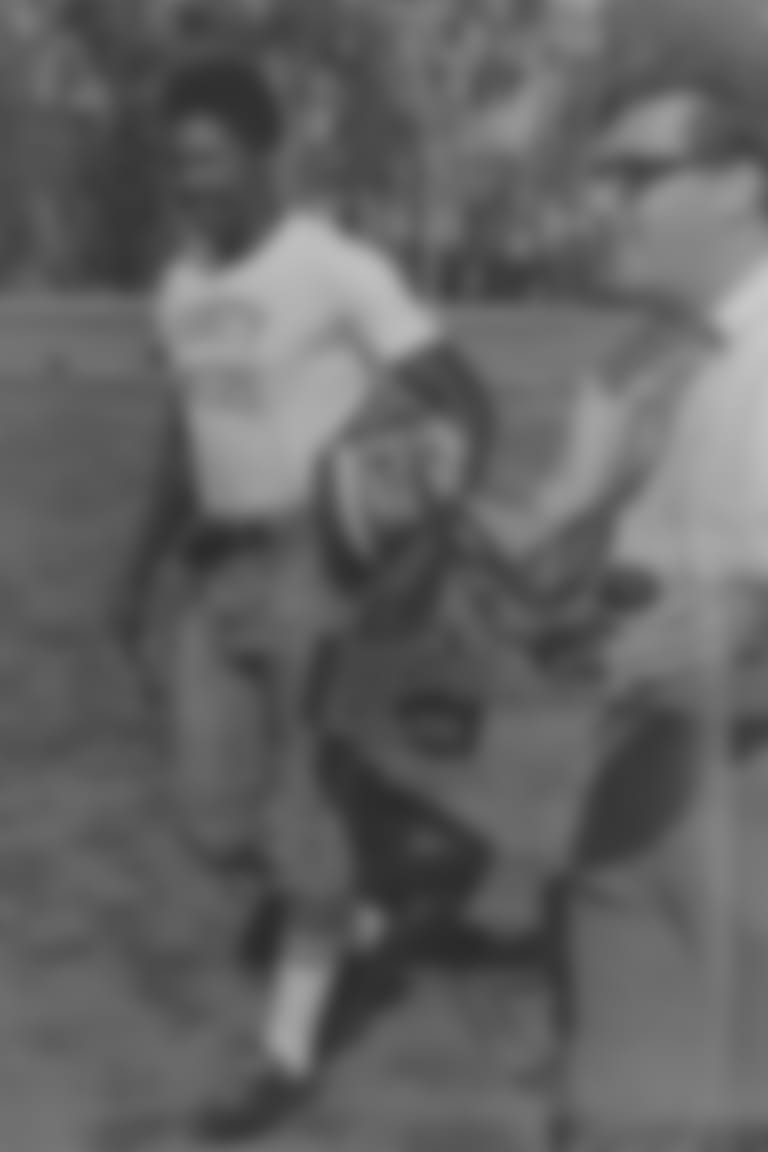
"I was excited to get to camp that year," Brodie said. "We had some talented young players like Gene (Washington) and the older vets like Ken Willard and Wilcox. It was a good mix."
Entering his 14th season, Brodie was primed for action. Operating behind a dynamic but unheralded offensive line, known as "The Protectors," Brodie earned NFL Most Valuable Player honors in 1970. Tackles Len Rohde and Cas Banaszek, guards Woody Peoples, Elmer Collett and Randy Beisler, and center Forrest Blue allowed just eight sacks during the 14-game season, an unofficial NFL record (sacks were not an official NFL statistic at the time).
"We were just good," Rohde said with honesty rather than braggadocio. "We were a hard working bunch of guys who'd been together for a while. I was the vet of that group, but I don't think that meant anything. It would have been a tough bunch to lead. Everyone was self-motivated."
That same group of savvy veterans occasionally pushed Nolan's buttons in an effort to break up the monotony of two-a-day practices. In the early 1970s, "streakers" became a common sight at sporting events as they raced naked across football fields, baseball diamonds or anything that provided them with five seconds of television time. It gave the veterans an idea. They asked a group of go-go dancers from Santa Barbara to drop by an afternoon practice.
"We gave them cleats and helmets," Wilcox said. "It was supposed to be secret but everybody knew what was going to happen."
Everybody but Dick Nolan.
As the dancers prepared themselves, the 49ers continued to run offensive plays. But the club's execution was shoddy at best. The players had their minds on the upcoming prank.
"People were jumping off sides and forgetting the snap count and Dick was getting annoyed," said Wilcox. "Finally they came running across the field with nothing but helmets on. One of them picked up the football and threw it at Nolan. It hit him right in the chest."
While the players erupted in laughter, Nolan remained unfazed. With a slight smirk on his face, he blew his whistle, picked up the football and called the next play. The dancers dashed off, never to be seen again.
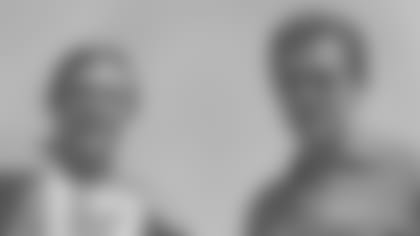
San Jose State University, 1976-1978
San Jose, CA
One of Monte Clark's wishes after assuming the 49ers head coaching job in 1976 was to move the annual training camp closer to home. San Jose State opened its facilities to the 49ers, but many of the players and staff would have preferred to stay in Santa Barbara. Equipment manager Chico Norton, who helped prepare camp at every summer facility until his retirement in 1984 said "The Country Club," as UCSB was known, was one of the 49ers best training sites.
At San Jose State, "it was a lot warmer than at Santa Barbara," Norton said. "I never did like (San Jose State). The dorms were one mile away from the practice field and it was right in the middle of too much humanity. People were in the way all the time."
As 55 rookies and free agents assembled for their physical exam on the first day of camp, there was a notable presence in the crowd. Jim Plunkett, the local hero who starred at San Jose's James Lick High School and won the Heisman Trophy at Stanford, was happy to be home after five rugged years with the New England Patriots. He was eager to get to work.
Veteran linebacker Frank Nunley, in his tenth season with the 49ers, felt a different atmosphere at San Jose State.
"I can see some real good things happening," Nunley told reporters. "I'm not making comparisons with the past, but with Plunkett I see definite leadership at quarterback. The intensity of the offense is picking up."
In the early days of camp, the club's new 39-year-old skipper began to assess the 49ers talent for the first time. He noticed a stable of talented running backs in Delvin Williams, Wilbur Jackson, Paul Hofer and Kermit Johnson and began licking his chops.
As a lineman with the 49ers from 1959-1961, and an offensive coordinator and line coach with the Miami Dolphins from 1970-1975, Clark understood the value of a potent running attack. Prior to the 49ers first preseason game with the Seattle Seahawks, he announced to the press that the 49ers would employ the same offensive style the Dolphins used to win Super Bowls VII and VIII.
"At Miami, when we ran the ball and controlled it, they said our offense was boring," Clark said. "But we won the Super Bowl twice and I hope we can establish the same kind of boring offense here."
Then, during the second week of training camp, a shock resonated through the San Francisco Bay Area, the NFL and the 49ers themselves. A headline in the San Francisco Examiner sports section (July 22, 1976) screamed: "Mieuli, Alioto Buy 49ers for $18 Million."
Jane and Josephine Morabito, the team's principal owners, had made it known they intended to sell the club. Among the interested buyers was Wayne Valley, one of the founding owners of the Oakland Raiders. Franklin Miueli, owner of the San Francisco Warriors basketball team and a minority owner in the 49ers, caught wind of Valley's interest and rushed into action. He enlisted former San Francisco mayor Joe Alioto as a partner, and proposed a counter offer of $18 million for the franchise.
Mieuli already owned a 10 percent interest in the 49ers. The deal would give him 51 percent of the franchise. Alioto would end up with 44 percent while Jane Morabito would retain five percent. Mieuli intended to assume majority ownership of the club after the 1976 season.
The news caught coach Clark by surprise and he told the San Francisco Examiner, "I don't have any reaction. I'm just busy trying to do my job. I have no influence on what goes on in the front office."
It turned out Mieuli jumped the gun. His effort to buy the club fizzled but a new owner would soon be on the horizon.

After weeks of sweating at double practice sessions, the 49ers played their first preseason game and Clark's prediction for the 49ers running attack began to manifest itself. On their initial possession of 1976, the 49ers took over at their 11 then marched 89 yards through the Seattle Seahawks on 14 plays while eating 9:56 off the stadium clock. Delvin Williams carried 11 times for 61 yards on the drive. San Francisco beat Seattle, 27-20, and established its new identity as a rock-em, sock-em running team.
As camp began to wind down and final roster cuts loomed ahead, the stress level among players increased. Some calmed their nerves by listening to music while others ignored the obvious tension by playing cards. Nearly everyone scanned the roster wondering who the coaches might keep and who they would cut.
Around the NFL, teams employ a messenger who brings the bad news to the players. He is generally known as "the Turk." His job is to knock on a player's door, usually in the early morning hours, and tell a player the head coach would like to see him accompanied by the haunting phrase, "and bring your playbook." It is the precursor to being cut, waived, or, in blunt language, fired.
In San Jose, anxious players occasionally were soothed by the soulful singing voices of Jimmy Webb and Bill Reid. The two hulking linemen tried to keep their musical talents on the down low and practiced in private, but word spread quickly and eavesdropping teammates found a way to listen to Webb and Reid sing acapella versions of their favorite gospel songs.
"Bill and I are friends and we like to sing together," Webb told San Francisco Examiner sports writer Frank Blackman. "I come from the south, the Bible Belt. Bill's pretty religious too but he doesn't have the background in old hymns. So I sing them to him."
Still, music and singing were not enough to pacify at least one rookie who was prepared to unload his tension on the unwitting messenger.
Brian Billick was an 11th-round pick of the 49ers in 1977 out of BYU. He eventually embarked on a long and successful NFL coaching career, but he recalled the anxiety among players on cut days. At the San Jose State camp that summer, Billick roomed with an undrafted tight end from Oklahoma State named Bruce Blankenship. Both men knew there was a very real chance they would get a knock on their door.
"There was a guy called the Turk," Billick said. "A little guy they'd send around to tell you the coach wanted to see you. Bruce said if they sent the Turk for him in the morning, he was going to throw him out the window."
Although Blankenship would eventually be cut, the Turk survived and remained a dreaded summer-time fixture at 49ers camps.
In 1977, the expected ownership change announced by Mieuli a year earlier finally took place. It was the DeBartolo family and not Mieuli and Alioto who purchased the 49ers from the Morabitos. Edward DeBartolo Jr. assumed control as president of the club. He hired Joe Thomas as general manager and Ken Meyers as head coach.
Meyers' task was to filter through the 63 men who reported to camp, including 12 draft picks and 29 free agents. Meanwhile, the 49ers management team was discussing alterations to Candlestick Park. The major topic was removal of the stadium's much maligned Astroturf surface which had become the subject of player vitriol. GM Thomas compared it to playing on a slab of concrete with a thin carpet over it. After the 1978 campaign, it finally was replaced with grass.
Astroturf was not on the minds of players enduring another sweltering San Jose summer. As usual, their minds were fixed on making the team while staying cool and hydrated. Guard Woody Peoples, starting his 10th season with the 49ers in 1977, summed up the attitude of many veterans.
"Sometimes I wonder if it's worth it," he told reporters. "But it's part of the game. Training camp is the worst part. But it's necessary if you want to play. You get your body in the best possible shape. But I hate it. I've always hated it."



